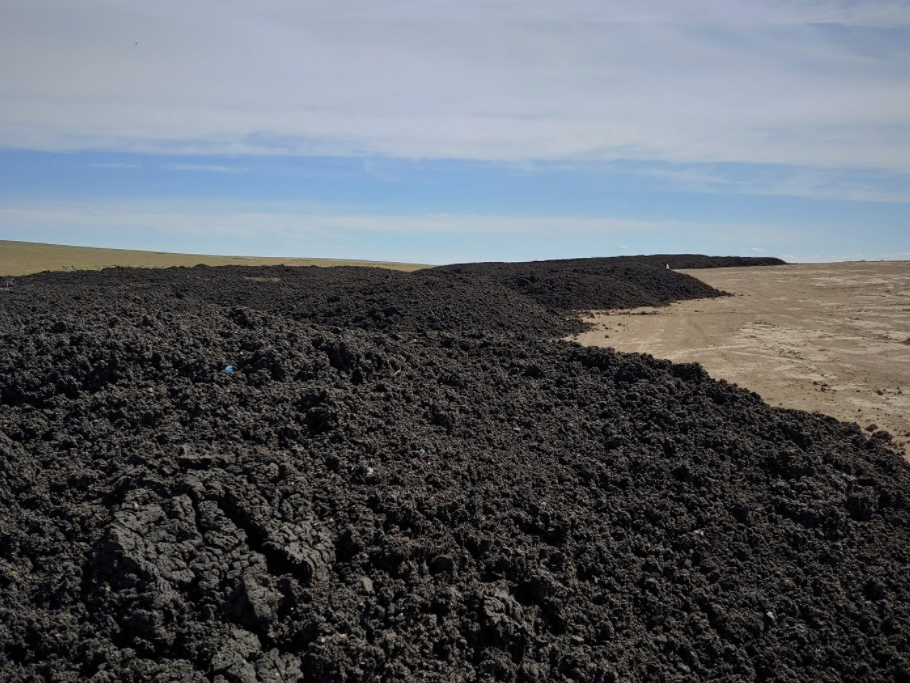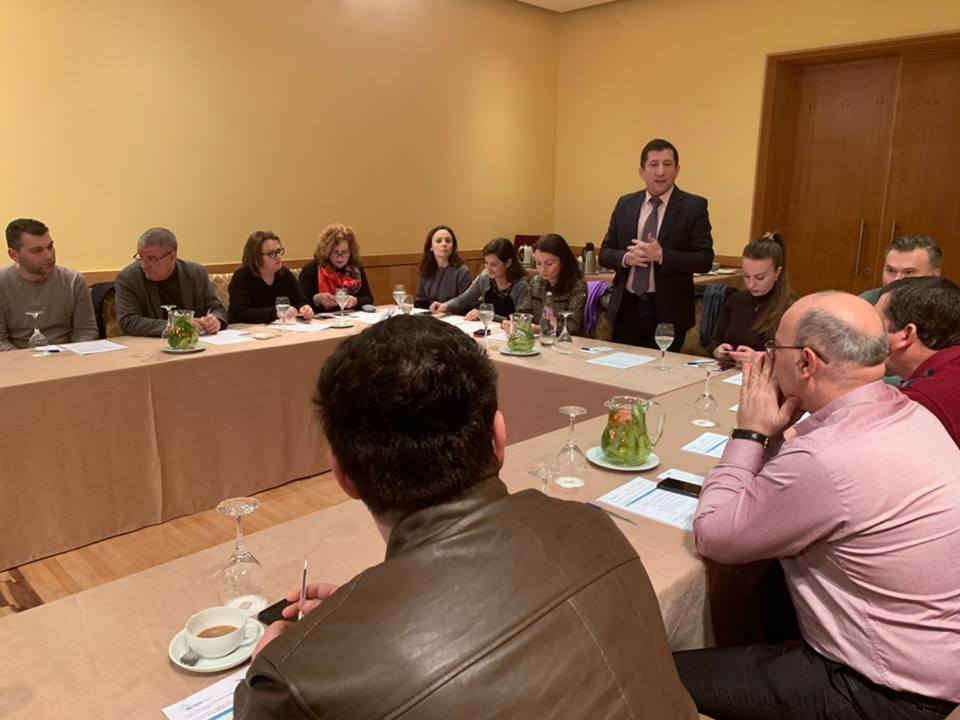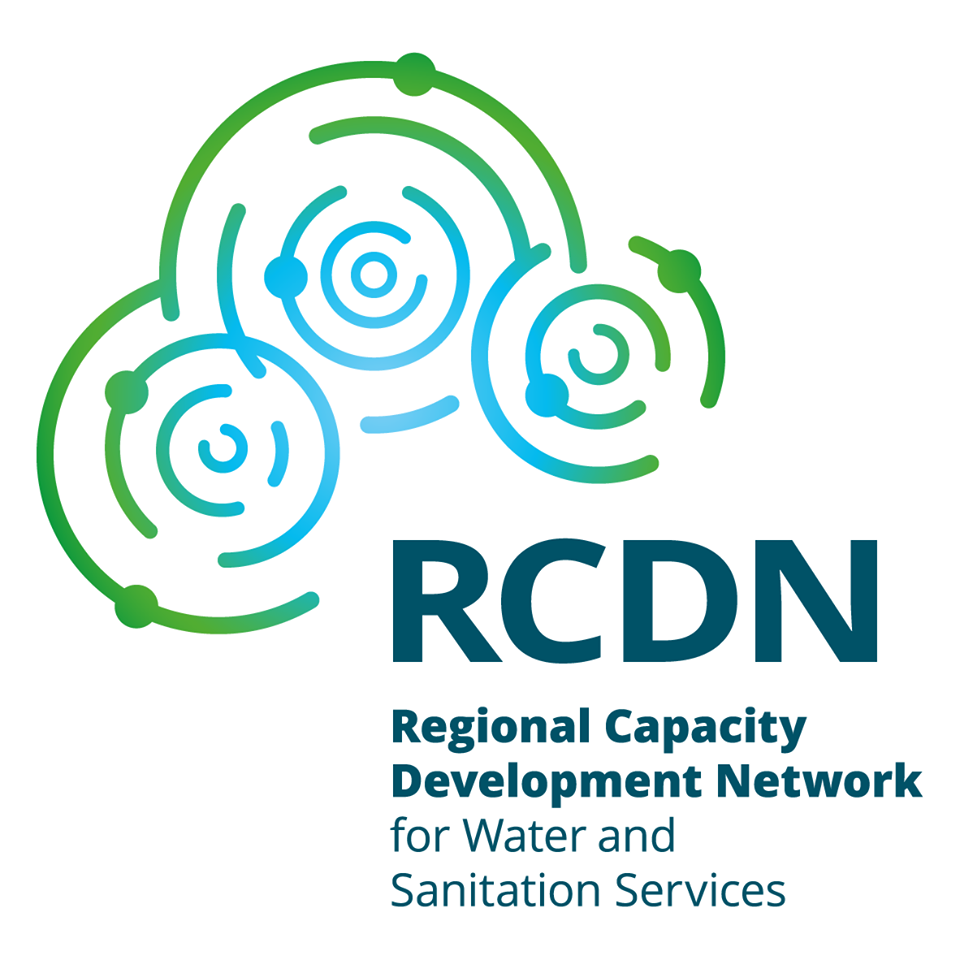Sludge from Waste Water Treatment Plants (WWTP) is an increasingly important topic in the relations between Local Government Units (LGUs) and Public Utility Companies (PUCs) since it contains a mixture of organic and inorganic substances containing pathogenic microorganisms, parasites, viruses and numerous other potentially toxic elements and compounds. This kind of sludge forms as a by-product of accumulation of solids during physical (sedimentation), biological (microbiological activities) and chemical processes (coagulation, flocculation), and its disposal is an increasing challenge for PUCs since the effectiveness of waste water treatment is not measured only by the quality of treated waste water, but also by the effective treatment of sludge extracted in the process. Significant costs for dewatering of sludge and its final disposal are calling for investing more efforts and budget in considering existing and new solution for reuse of wastewater sludge.
The so-far practice in the preparation and implementation of infrastructure projects that include the construction of WWTPs has been to focus primarily on the effluent (treated water that is discharged into the recipients: rivers, lakes etc.) and to make sure that it meets the prescribed criteria without thinking too much about sludge – where to dispose it, what characteristics it should have, and what economic impact its final disposal will have. There are multiple reasons for this practice and the situation is similar in all countries of the region, including those that have become EU members (Croatia) and those on the path of becoming ones (Bosnia and Herzegovina, Serbia, North Macedonia, Albania, Montenegro, etc.). Some of the key identified reasons are lack of clear strategies on the state level in these countries; limited infrastructure development budgets where sludge management is not one of the priorities when primary project activities are defined, sludge issues are postponed for some later stage which are then never realised; insufficient amounts of sludge needed for certain technological solutions due to small number of WWTPs in these countries . If this practice is continued while new WWTPs are being built and existing ones continue with their operation, the problem of liquid waste will become a problem of solid waste.
According to the studies (Nowak, O and others, 2003.), the cost of processing and final disposal of sludge for WWTPs size between 5000 to 200.000 population equivalents (PE) makes even up to 50% of total WWTP operation costs. Therefore, development of solutions for waste water treatment has to include comprehensive solutions for treatment and disposal of produced sludge, because the cost of its treatment and disposal is an inherent cost of waste water treatment.
In order to achieve ecologically acceptable sludge disposal, it is important to analyse the following factors in the stage of planning WWTPs: the amount of sludge produced in WWTPs, legislation, local conditions, as well as the costs of investment, operation and maintenance – because the choice of appropriate solution and disposal site depends on these factors. Experience from WWTPs in the SEE but also in some EU member countries shows that the analyses have not dealt so much with those issues since the plants were built having primarily the effluent in mind and not the sludge – but as the ecological restrictions are being increased, there is a shift in this paradigm.
European legislation on processing, disposal and recycling of sludge is directed at its use in agriculture, but even there numerous limitations exist, so that practice is being given up more and more.
Waste water sludge is a valuable material since it contains approximately 70% of organic substances which have an useful energy potential i.e. sludge can be recycled in different ways, not only in agriculture, but in industry and economy in general. Limited technological possibilities of using WWTP sludge determine conditions for commercial use of this valuable resource.
By composting the sludge, an agricultural fertiliser containing phosphorus and potassium is obtained. Construction industry uses ash (ISSA – Incinerated Sewage Sludge Ash) made by sludge incineration. With sludge incineration fertilising substances are also being incinerated and, in this way, a valuable resource for agricultural use is being lost. One of the more recent ways of its use is the productions of biogas – a fuel obtained through fermentation of organic matter from the waste sludge. However, it requires a complex biochemical process since it is necessary to maintain optimal process conditions needed for continuation of required chemical and biochemical reactions within a reactor (temperature, pH value, nutrients, mixing, organic load, retention time, toxicity, carbon nitrogen ratio, and finally – the design of a reactor itself). It is important to emphasise that the production of biogas requires significant amounts of sludge – so, based on the estimate of cost-effectiveness it is planned and used in larger WWTPs or in the vicinity or several WWTPs which can produce sufficient amounts of sludge.
There is a cause for optimism due to the results achieved by the Turkish scientists from Dokuz Eylül University (DEU) who have developed a new approach in producing electricity and gas from sewage sludge through the technology of gasification. During the experiments, 1 kWh of electricity and 1.2 cubic meters of synthetic gas rich in hydrogen were produced from 1 kilogram of dry sludge prepared for processing. These systems do not require high investment costs, and they present an alternative to the technology of incineration. More information on this research is available on the following link in Bosnian language:
No doubt, sludge management is one of the key topics for improving situation in water sector, especially since investments in reconstructing existing WWTPs and construction of new ones is increasing. For this reason, reuse and disposal of sludge will be the hot topics in the upcoming period, both for politicians and experts in the water and sanitation sector in Southeast Europe.
Authors:
Smail Omeragić, BSc in Mechanical Engineering
Aida Jusufhodžić, BSc in Civil Engineering
Aquasan Network BiH
Sources:
Banić, Ivan (2017). Obrada i zbrinjavanje mulja s uređaja za pročišćavanje otpadnih voda. Undergraduate Thesis.
Ćosić-Flajsig G. (2011). Croatian Legislation Related to Wastewater Sludge Management. In Biondić, Holjević, Ljudevit Tropan eds., Proceedings of the 5th Croatian Water Conference. Opatija: Hrvatske vode, 1117-1129
The Council of the European Communities (1991). The Council Directive of 21 May 1991 Concerning Urban Waste Water Treatment. (91/271/EEC).




